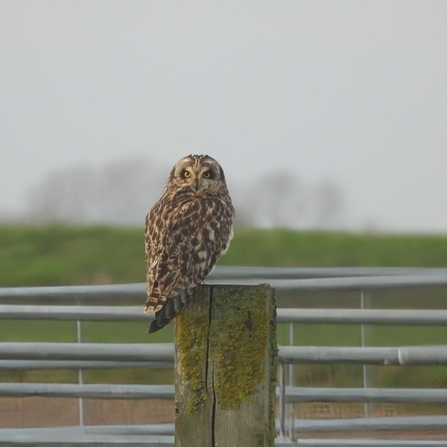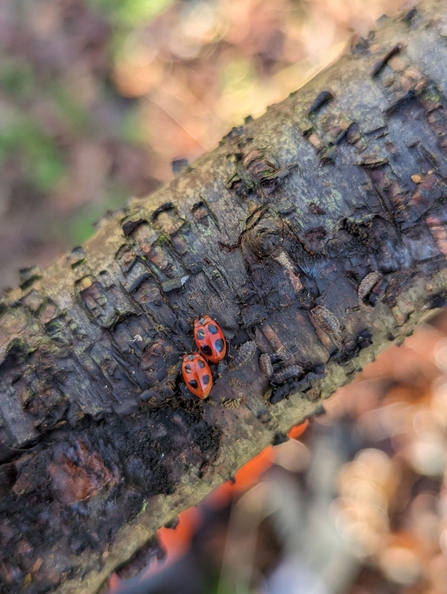We have had some quite mild spells of weather recently, record-breaking temperatures for February it seems, and the wildlife has responded accordingly. The first butterflies of the year were on the wing, emerging queen bumblebees were seeking nectar sources, moths took flight, amphibians were on the move, and birds have been breaking into song.
Now is the time to watch and listen out for more signs of spring. Yes, we have had more frosts, but there will be more mild days and nights on the way. Who will hear their first chiffchaff singing this year?
In recent weeks waders and waterfowl have been passing through the Fen. Winter visitors, such as golden plover have been on the move, and other species, such a shelduck have been more conspicuous. Corn buntings have started to sing, as have reed buntings, joining the skylarks and meadow pipits.
While it has not been a bumper year for short-eared owls, a maximum of six were recorded this winter (in February). However, we did get stonechats returning to the Fen early, for the breeding season, with some males singing.


